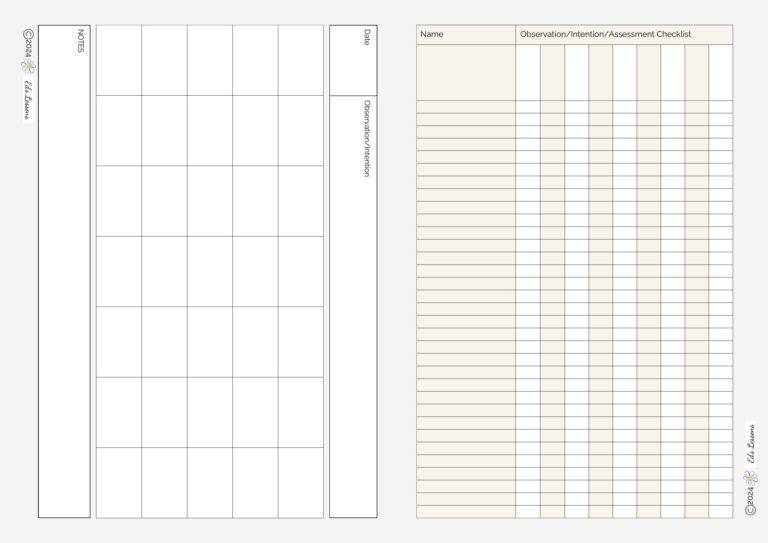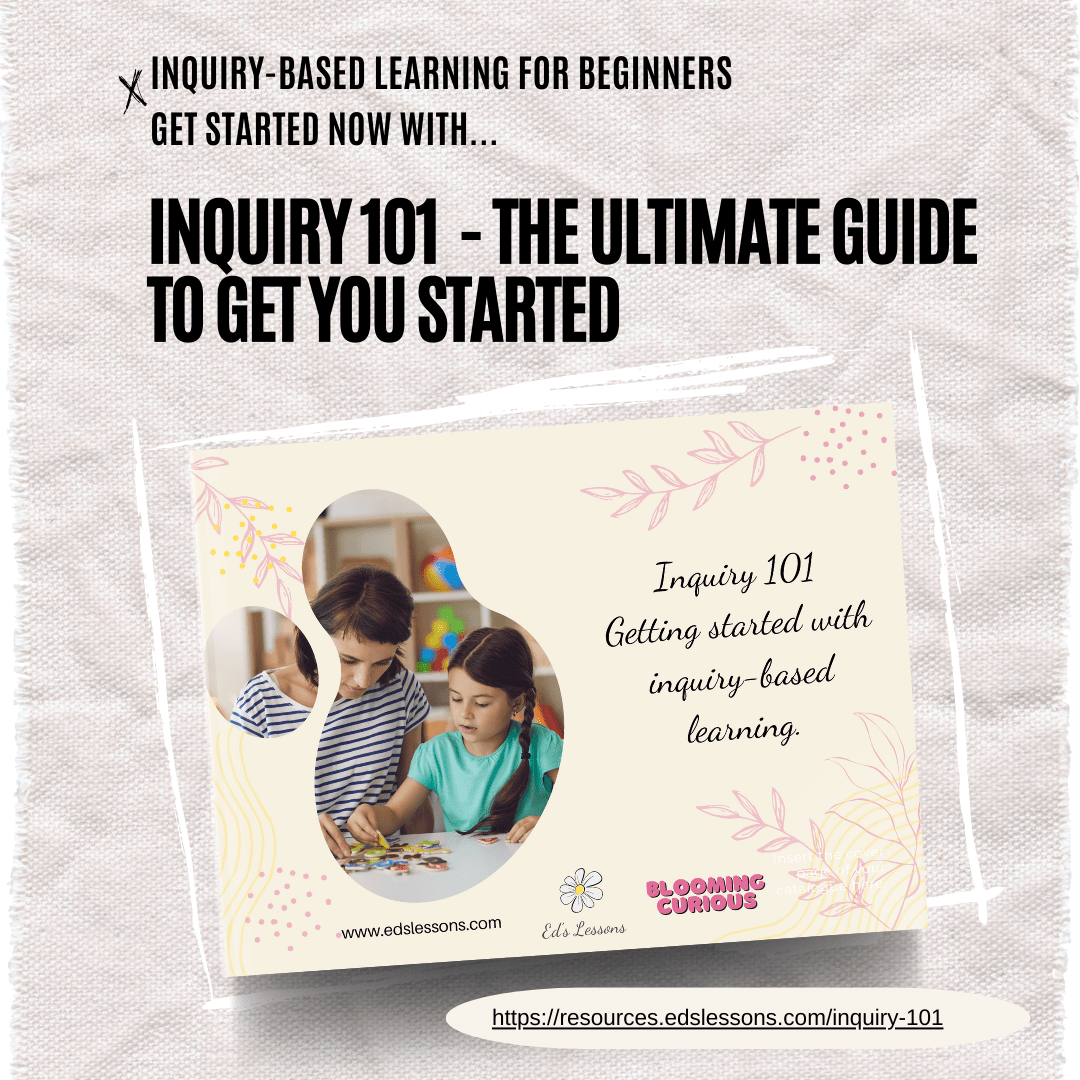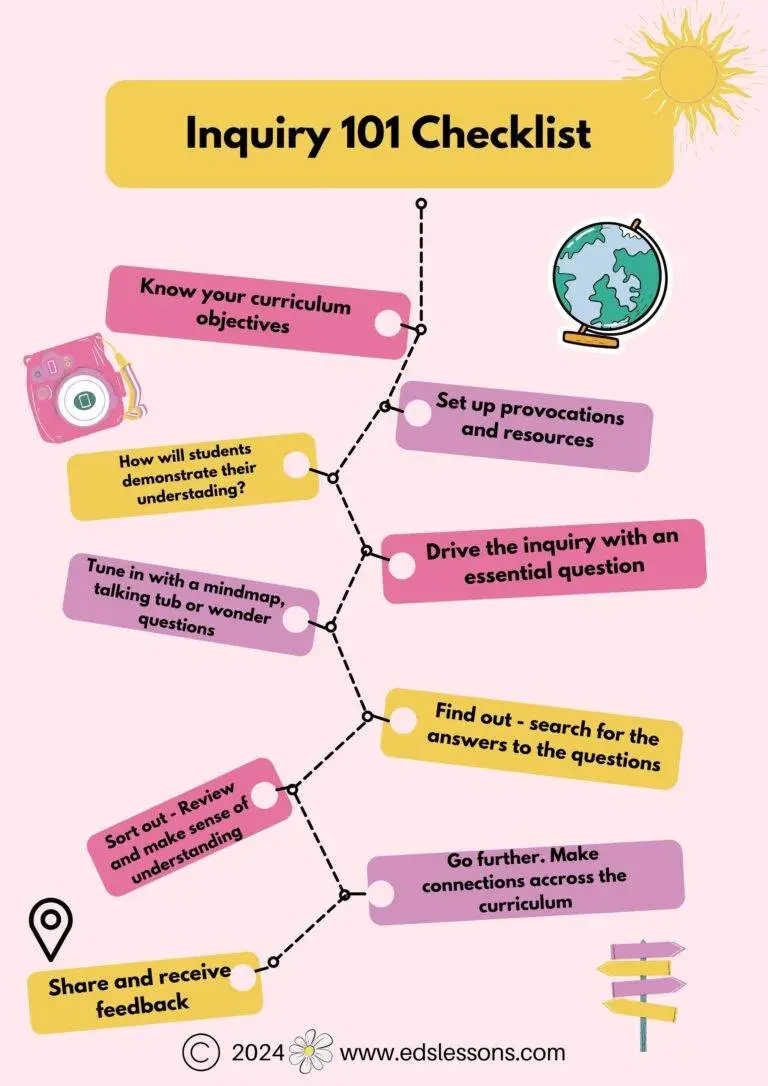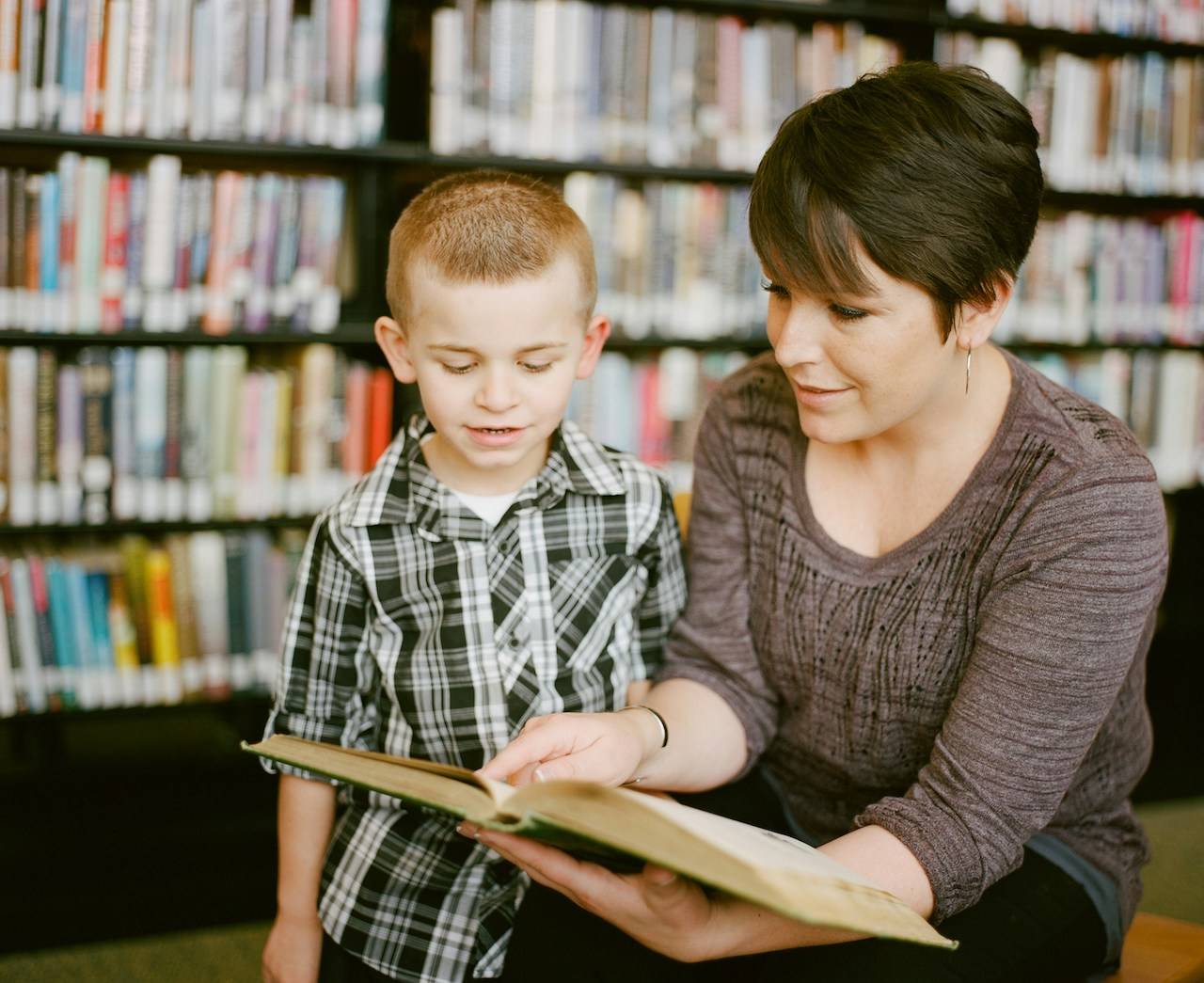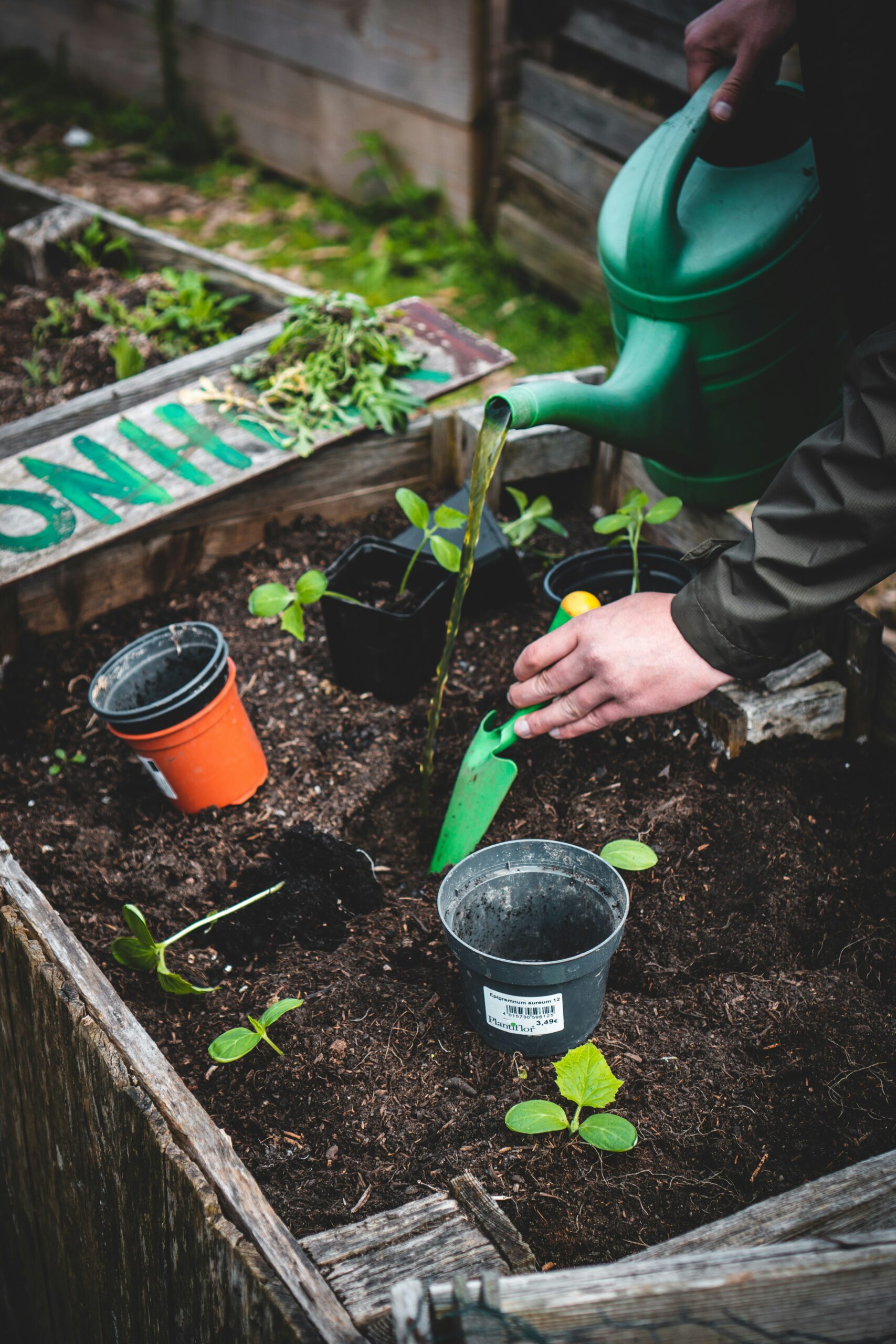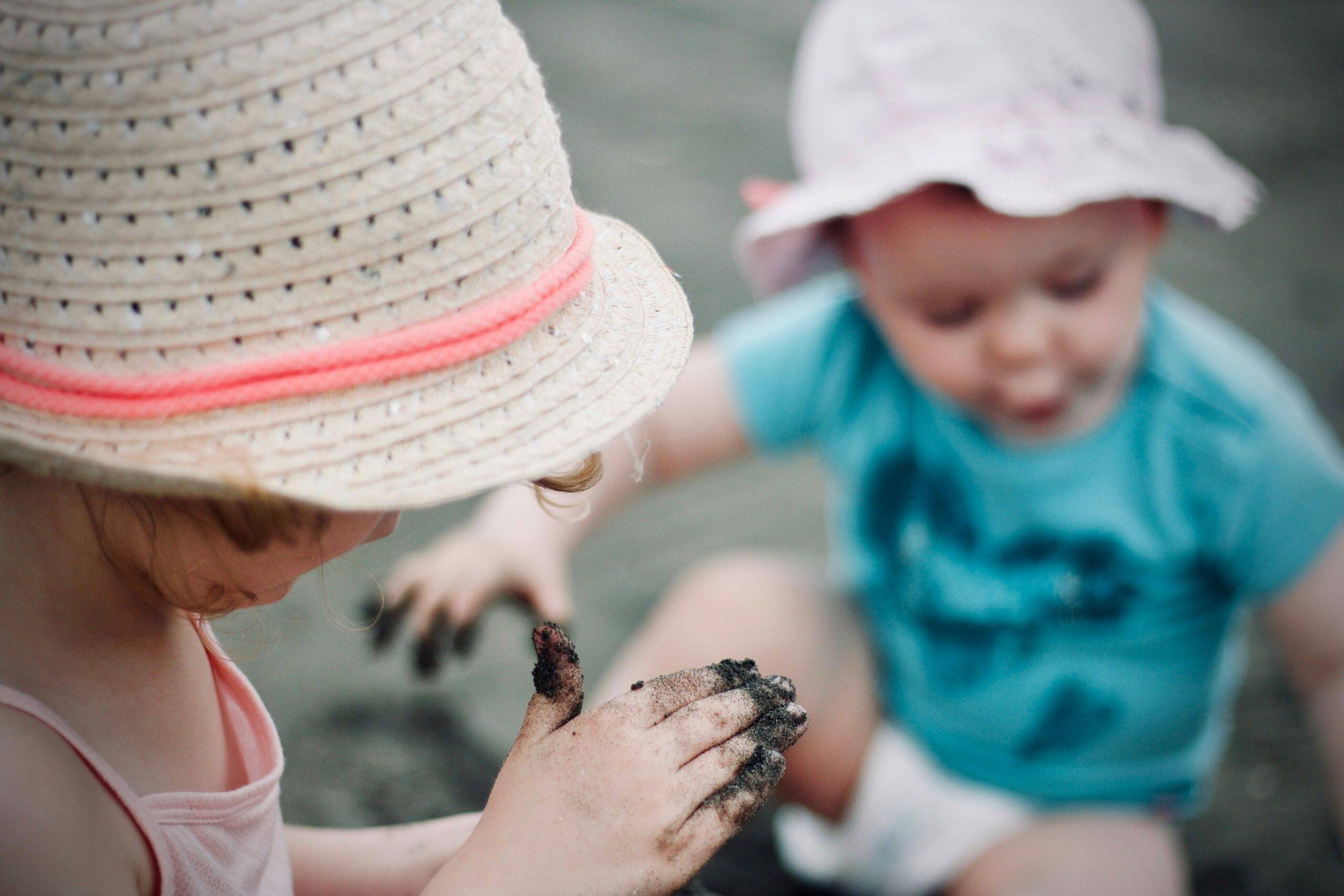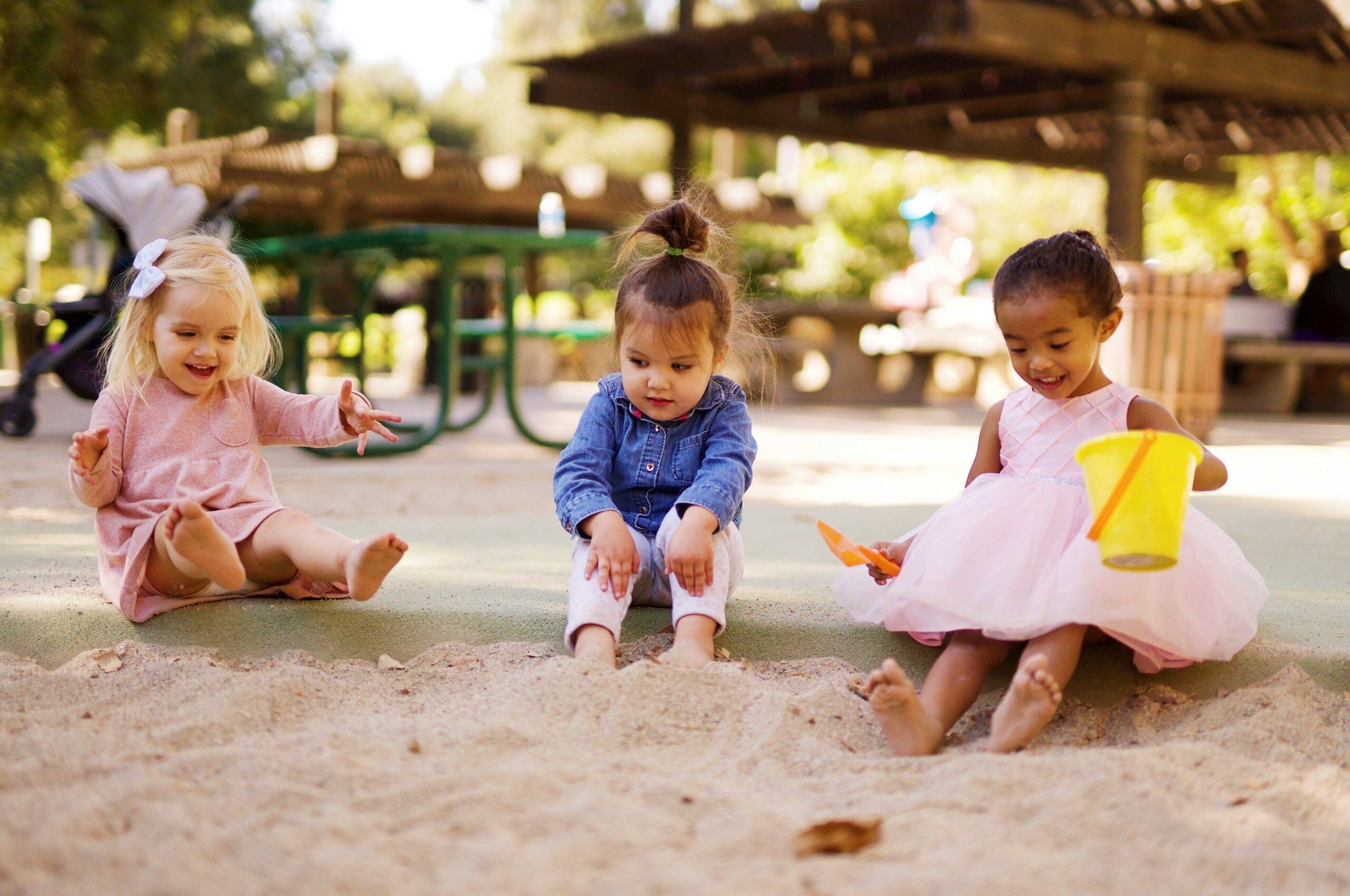Some of the links below may be affiliate links. This means that, at zero cost to you, I will earn an affiliate commission if you click through the link and finalise a purchase. All product recommendations are products that I have used and loved, or products that I would recommend based on experience.
As part of the series where we dive into essential topics for educators, here we’re exploring the transformative power of observation in the educational setting. Whether you’re a seasoned educator or just starting out, understanding the power of observation can profoundly influence your teaching approach and students’ learning experiences.
The Significance of Observation in Education
As educators across Australia and the southern hemisphere embark on a new academic year, the initial weeks are dedicated to a foundational practice: observation. These early days offer a crucial opportunity to gather insights into our students, their behaviours, learning styles, and needs. Observation serves as a foundation for informed teaching practices and personalised learning experiences.
Learning Through Observation
Observation isn’t solely reserved for students; it’s equally valuable for educators. By keenly observing students in various contexts—whether in the classroom, during group activities, or on the playground, teachers gain invaluable insights into their learning dispositions, strengths, and areas requiring support. Through careful observation, teachers can tailor instruction, identify areas for growth, laying the foundation for tailored instruction and meaningful engagement.
Different Types of Observations
- Direct Observation: This method involves purposefully focussing on specific indicators aligned with learning objectives. Whether assessing collaboration during group tasks, or evaluating language skills, or mathematical concepts, direct observation provides valuable data to inform your teaching strategies and lesson planning.
2. Anecdotal Notes: These on-the-fly observations capture spontaneous moments and insights throughout the day. Educators jot down observations, behaviours, or interactions as they occur, providing a rich repository of information for reporting, and communicating with parents. Many teachers use sticky notes to collect anecdotal notes. These notes can then be kept in a journal or even captured electronically by entering the observations into a document on your computer or ipad.
3. Checklists: Utilising checklists streamlines data collection, focusing on predefined skills or behaviours. Whether assessing fine motor skills, or language development, checklists offer a quick, systematic approach to observation. I have a blank checklist for you which you can use to record your data.
Click on the image below to download your free copy.
4. Photographs and Videos: Visual documentation offers a tangible record of students’ learning journeys. Photographs and videos not only capture progress but also provide valuable insights for reflection and growth as well as parent engagement. Seesaw is a great app that many schools and teachers use to capture learning moments and share them with parents.
5. Observation Boxes: This is my own personalized method combining checklist elements with anecdotal notes, observation boxes offer a structured framework for documentation. This method creates a comprehensive narrative of student learning. I have created a downloadable PDF checklist and my observation sheet for you. Click on the image above to get your free copy.
6. Learning Story Observations: Particularly prevalent in early childhood education, learning stories provide a holistic narrative of a child’s learning journey. Educators highlight skills, interests, and dispositions, fostering a deeper understanding of student development and growth over time. There are many examples all over the internet of learning journeys.
Writing Effective Observational Records
- Ensure detailed notes capturing observed behaviours and interactions.
- Utilize positive language, focusing on what is seen and heard.
- Maintain objectivity, avoiding personal opinions or judgments.
- Stick to factual reporting, especially regarding behaviour observations.
Leveraging Observations for Informed Teaching Practices
Armed with valuable observations, educators can make informed decisions, plan tailored learning experiences, and support individual student needs. Observation-driven teaching allows for flexible grouping, targeted interventions, and personalized instruction, ensuring each student’s learning journey is meaningful and engaging.
The observation cycle: observation – planning- teaching – observation, allows educators to demonstrate their intentionality, which is appreciated by students, who are having their needs and interests met, not to mention administrators and inspectors!
Embracing Inquiry-Based Learning
Observation is integral to nurturing curiosity and capitalizing on teachable moments. Through inquiry-based learning, educators encourage exploration and discovery, fostering a deep passion for learning in students. By modelling curiosity and actively engaging with the world around us, educators inspire a lifelong love of learning in their students.
Conclusion – Empowering Educators Through Observation
Observation is not a passive activity; it’s a dynamic tool for educators to enhance teaching practices, support student growth, and ignite a passion for learning. As we continue our journey in education, let’s embrace the power of observation not only to create enriching learning experiences for all students, but also to become aware of our own strengths and limitations and work on those together with our students.
If you found any of this useful or interesting, please share it so that others can benefit from it too.
Do you have a question you might like addressed in future episodes? Then leave a voice mail below.

